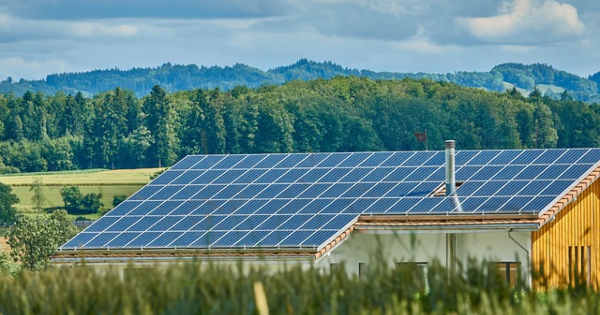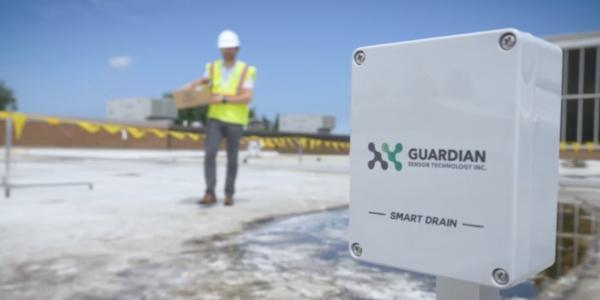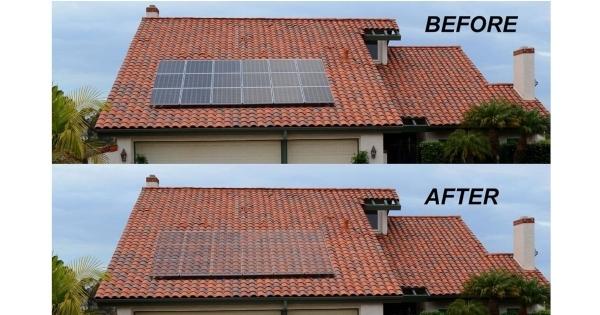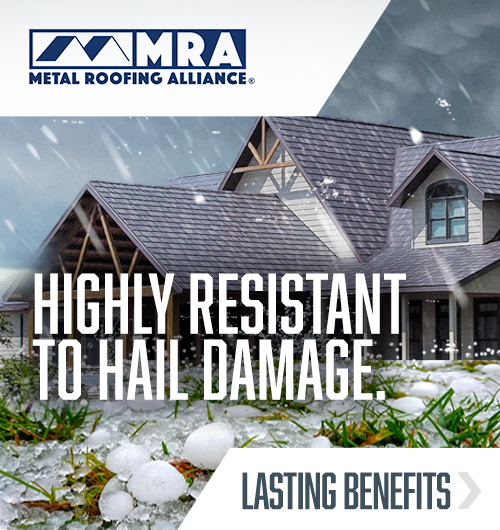How Do Solar Roofs Interact With Different Types of Weather?

By Evelyn Witterholt.
Learn how solar roofs work with different types of weather like rain, snow or extreme heat.
The incentives for homeowners to put solar on a roof are stronger than ever. There are the obvious benefits of harnessing sustainable energy and lesser-known benefits like financial incentives. You might be considering solar and a lot of them want to know: how can solar withstand different types of weather?
Here’s how solar roofs hold up in different types of weather conditions:
Rain and hail
Rain might seem like it could be a detriment to solar panels, but this isn’t necessarily true. Most solar panels out there are designed to be waterproof. According to the Solar Energy Industries Association, rain can sometimes help wash dust or dirt off panels, which helps them run more efficiently.
Hail on the other hand does have the potential to damage solar panels. While many panels on the market are impact tested, Jacob Marsh from EnergySage writes, “in most cases, solar panels are tested and certified to withstand hail of up to 25 mm (one inch) falling at 23 meters per second (approximately 50 miles per hour).”
Snow
Solar modules typically have a slippery surface, but this is sometimes not enough for snow to slide off of them. If snow accumulates on a solar roof for too long, this can damage the solar panels. According to S-5!, you need to be sure that the modules on a roof have a design-load rating equal or greater than the roof design snow load to prevent snow from crushing the panels. Another good way to prevent snow from damaging the solar panels is by installing a snow retention system that is installed in such a way so that the snow accumulated is away from the panels.
Heat
With heatwaves becoming increasingly common, some homeowners may be wondering if this will have a negative effect on solar panels. Can too much sun be a bad thing for solar roofs? According to Jacob Marsh from EnergySage, most solar panels can withstand heat of up to 149 °F before they become less efficient. If it does get too hot, the energy output of a solar panel can decrease. To help mitigate this, some solar manufacturers have thermally conductive substrates installed in their panels to help the heat vent away from the glass of the modules.
Wind
Most solar panels are built to withstand strong winds. If a panel system goes out, it’s typically not the fault of the panel, but rather its racking system or the roof they are attached to. So long as the panels are installed on a secure rack and a durable roof, they will likely be ok in the event of a storm with high winds.
Have a question? AskARoofer.
Find your local roofing contractor in the RoofersCoffeeShop® Contractor Directory.
About Evelyn
Evelyn works as a writer for RoofersCoffeeShop, MetalCoffeeShop and AskARoofer. When she isn’t writing about roofing, she’s either at the gym lifting weights or curled up on the couch watching a movie.










Comments
Leave a Reply
Have an account? Login to leave a comment!
Sign In